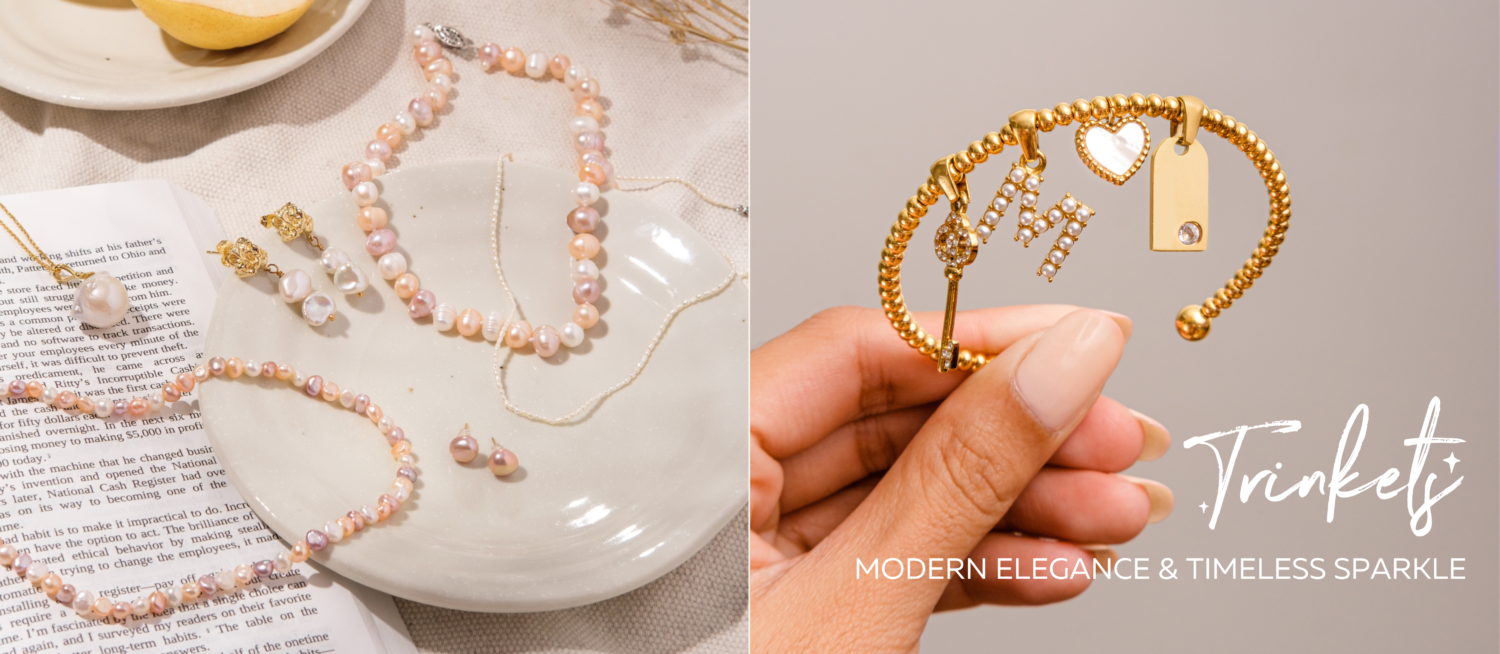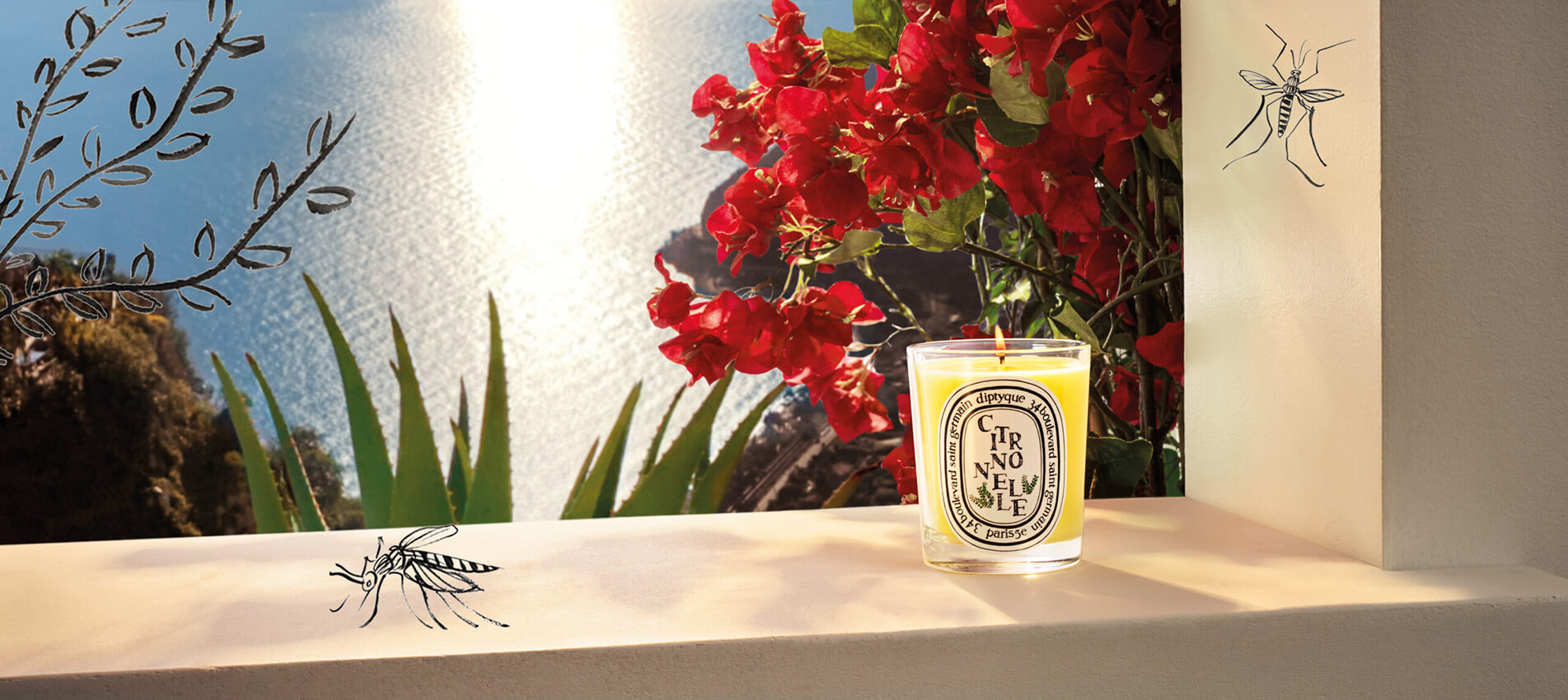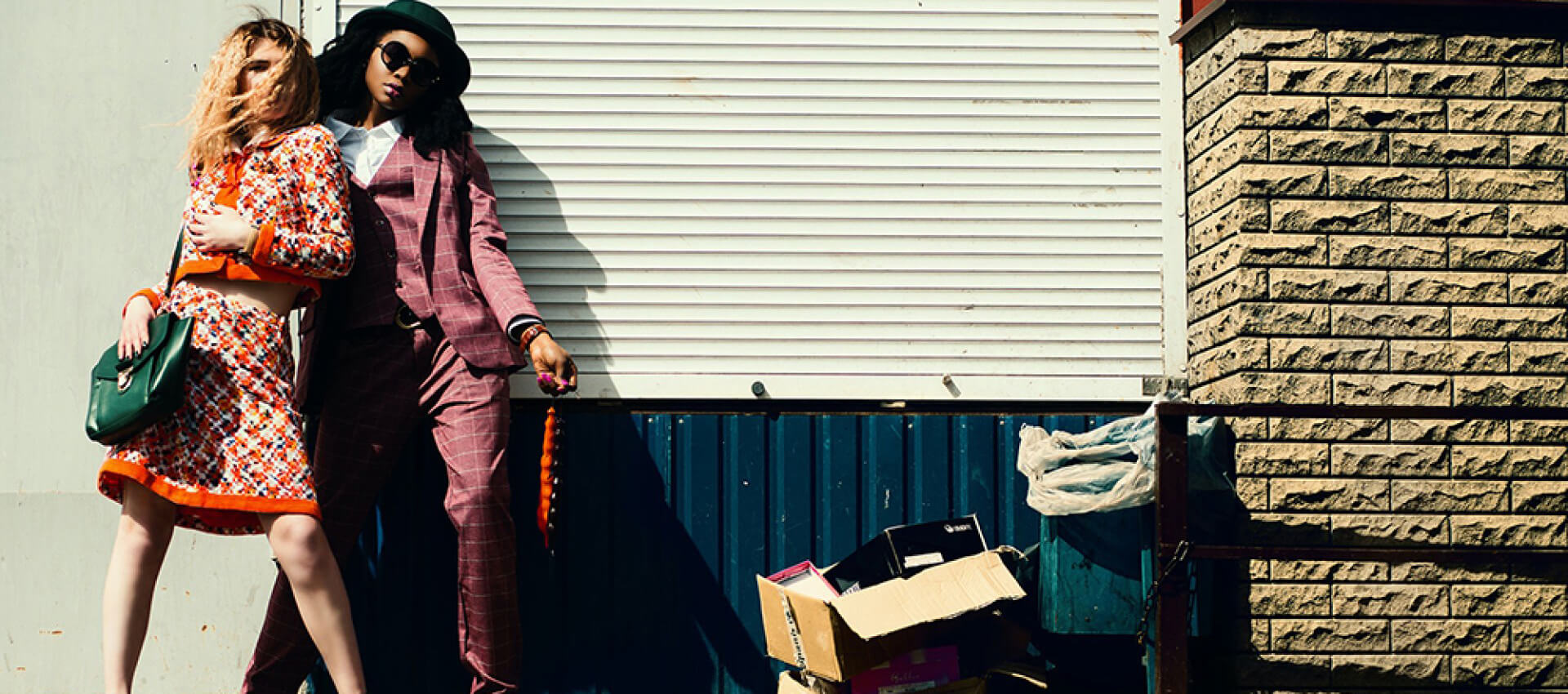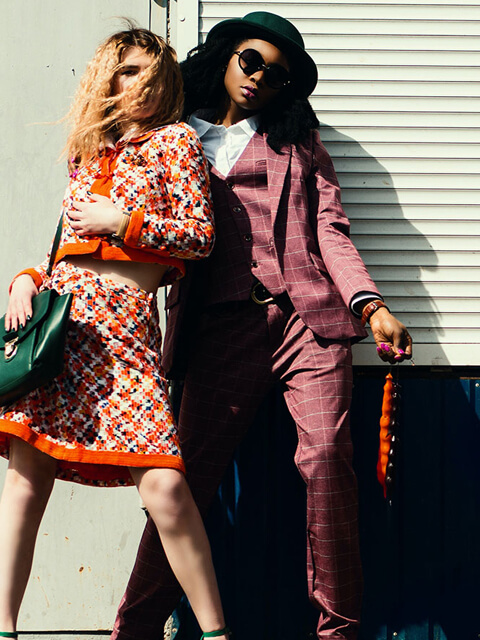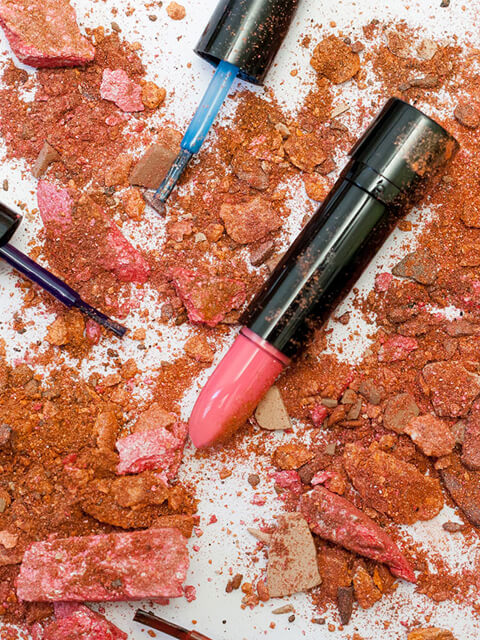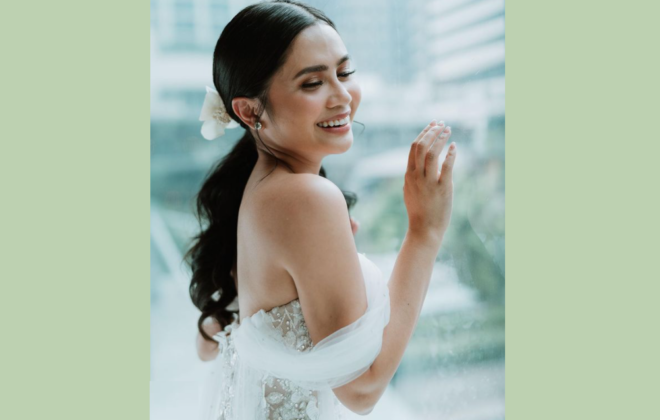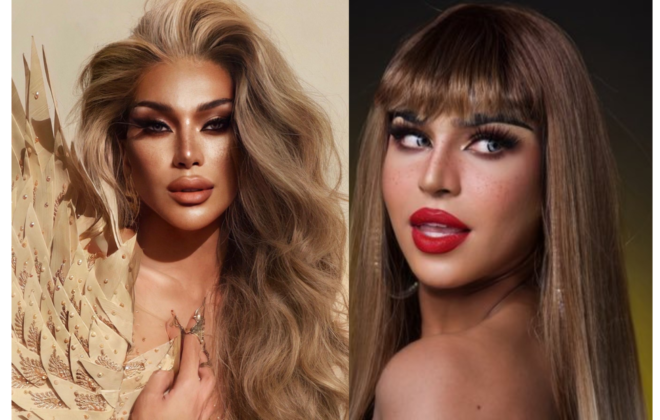Queen of Chinese Couture Guo Pei Kicks Off Digital Fashion Week Conversations
Pop superstar Rihanna’s golden yellow cape gown in 2015 is one of the most iconic numbers on the Met Gala red carpet to this day. The imperial yellow, fur-trimmed cape that was embroidered with scrolls and scrolls and scrolls of flora came with a 16-foot train, and was topped with a golden headpiece. Rihanna aligned her show-stopper look with the Metropolitan Museum of Art’s spring exhibition theme that year entitled “China: Through The Looking Glass”. The look went viral for its extravagant wow factor. Obviously, the singer had done her research.
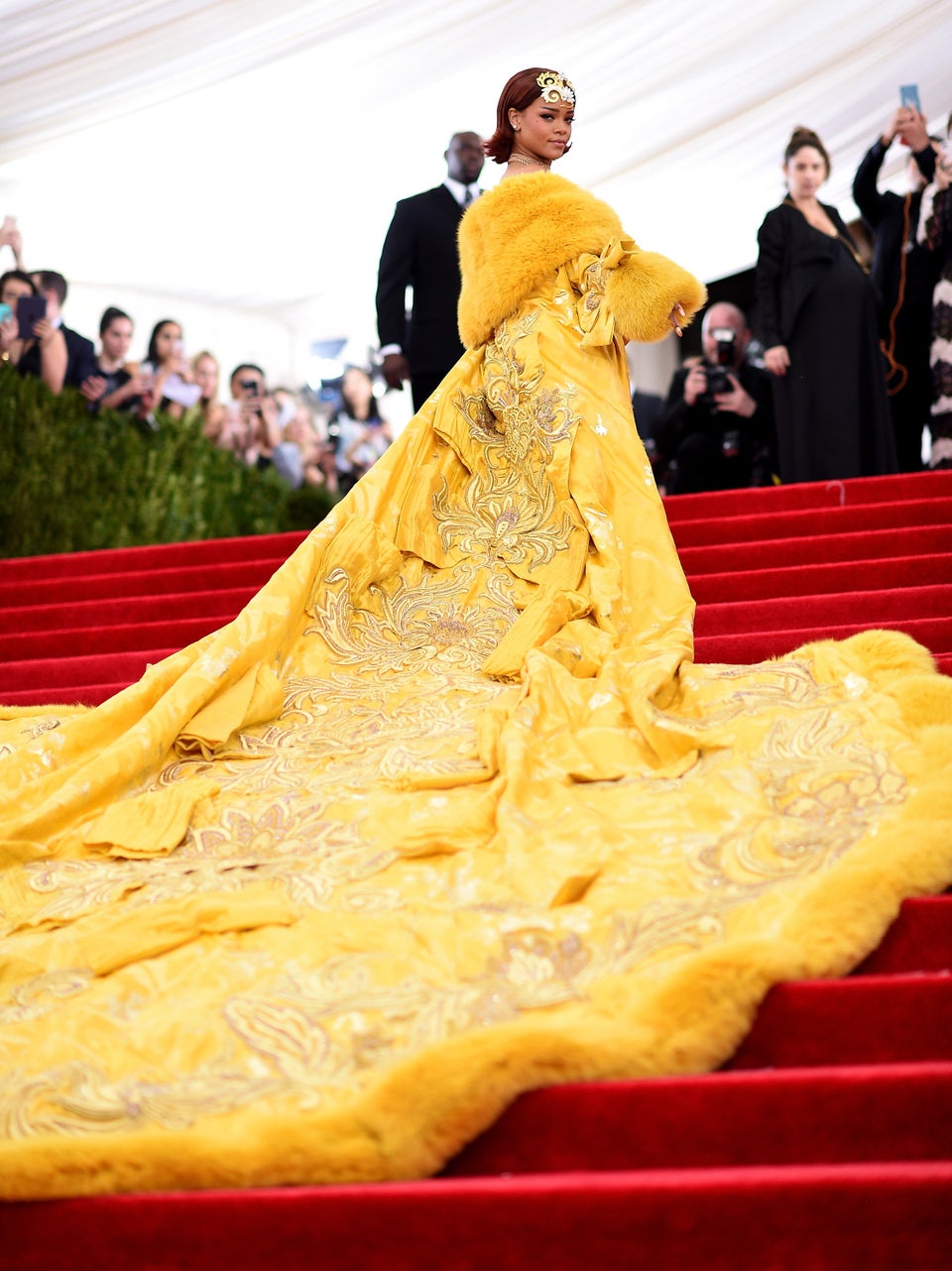
In a red carpet interview for Vanity Fair’s website, Riri shared, “I love this dress so much! It’s Chinese couture and it’s made by Guo Pei. It’s handmade by one Chinese woman and it took her two years to make. I found it online. I was researching Chinese couture on the Internet and I found it,” she said. Riri rounded up that it was made from “lots of gold thread” and fox fur.
“I’m so in love with this dress, but the train is insane! I can’t really walk in it without any help—but it’s so worth it,” she said. It was later on discovered that the gown weighs 55 pounds.
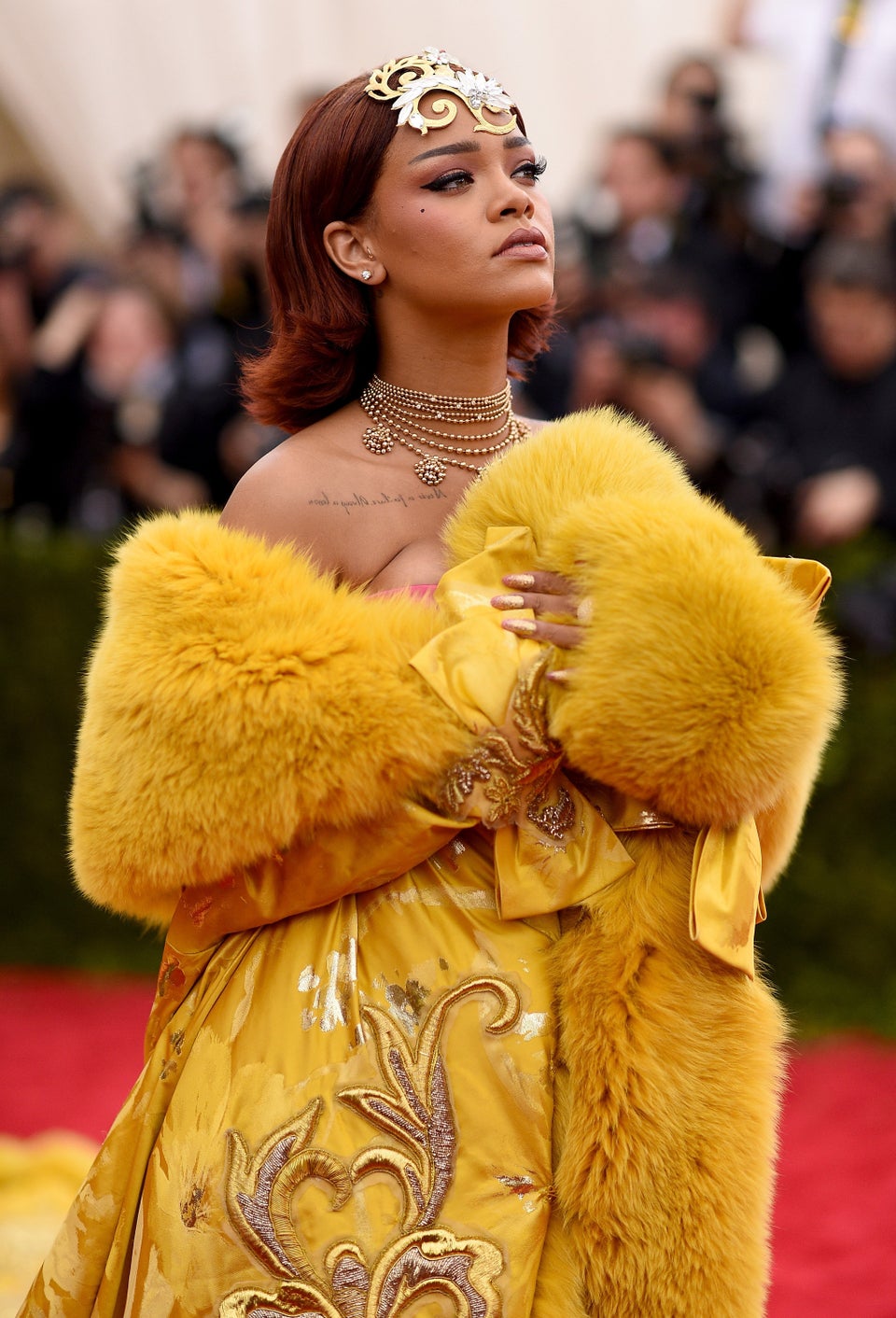
The dress itself is from a collection that Guo Pei showed in 2010, and the designer shared with Fashionista.com that no one wore it off the runway before Rihanna. “Only she could wear it. Not everyone can handle that dress,” she said. “Only women who have the confidence of a queen could wear it. When I had this design in mind, I was thinking of a woman that can carry weight on her arms. It’s a dress she has to lift, like she can lift the whole world. I always have a woman like that in mind.” Rihanna reportedly told the designer, “It feels like a dress for the queen of China.”
The original look included a corset and shoes, but Rihanna chose not to wear those. Pei said, “The cape should be enough. A fashion show is different from a red carpet because a fashion show is about a designer herself. What celebrities wear on the red carpet is a reinterpretation of that dress.”
Before the groundbreaking yellow Rihanna look, Guo Pei was already designing in her hometown Beijing, China for 30 years. Her dresses cost around £500,000 and are usually sold to China’s elite, who prefer to wear local designers. She’s the go-to designer for Chinese stars like Li Bingbing & Zhang Ziyi.
As Cathy Horyn explained in the New York Times, her career as a designer “began when there was no fashion in her country”. Filmmaker Pietra Brettkelly’s visually stunning documentary about Guo Pei titled ‘Yellow Is Forbidden’ revealed that when Guo Pei was 8-years-old, she asked her grandmother for a yellow dress, and she became angry with her. “You cannot wear yellow, yellow is forbidden,” she said. Commoners were not allowed to wear yellow or gold during those times, noting that the designer was born during Mao’s Cultural Revolution in China. Apparently, yellow was only reserved for the emperor. Ironically, this color made Guo Pei globally famous, making yellow one of her signature design elements.
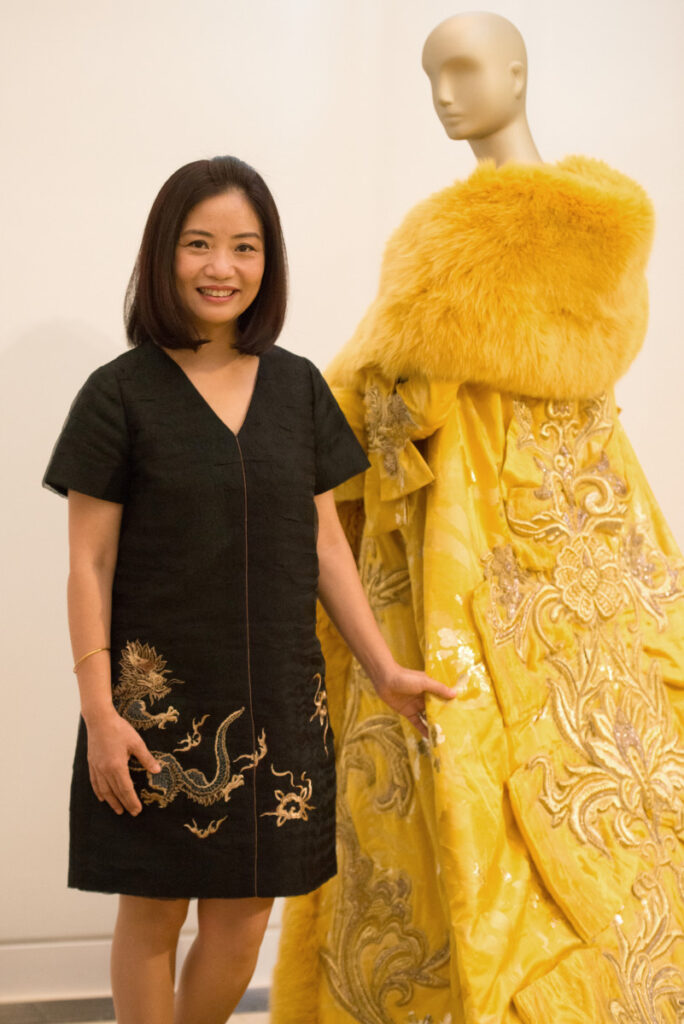
Style Visionary Network (SVN): What kind of impact do you think the pandemic has had on the global fashion industry? How about in China’s fashion scene?
Guo Pei: The pandemic has had a great impact on many industries around the world, not just the fashion industry. The changes in people’s daily life habits have brought a huge impact to physical stores. Many fashion brands with many years of history are facing difficulties in maintaining operations or declaring bankruptcy, which has caused great harm to the fashion industry.
This time, the industry has been impacted and affected by the pandemic. However, we as a brand mainly face high-end, elite people whose consumption demands are less affected by the pandemic. And with the control of the pandemic in China, the high fashion industry has begun to gradually pick up after May.
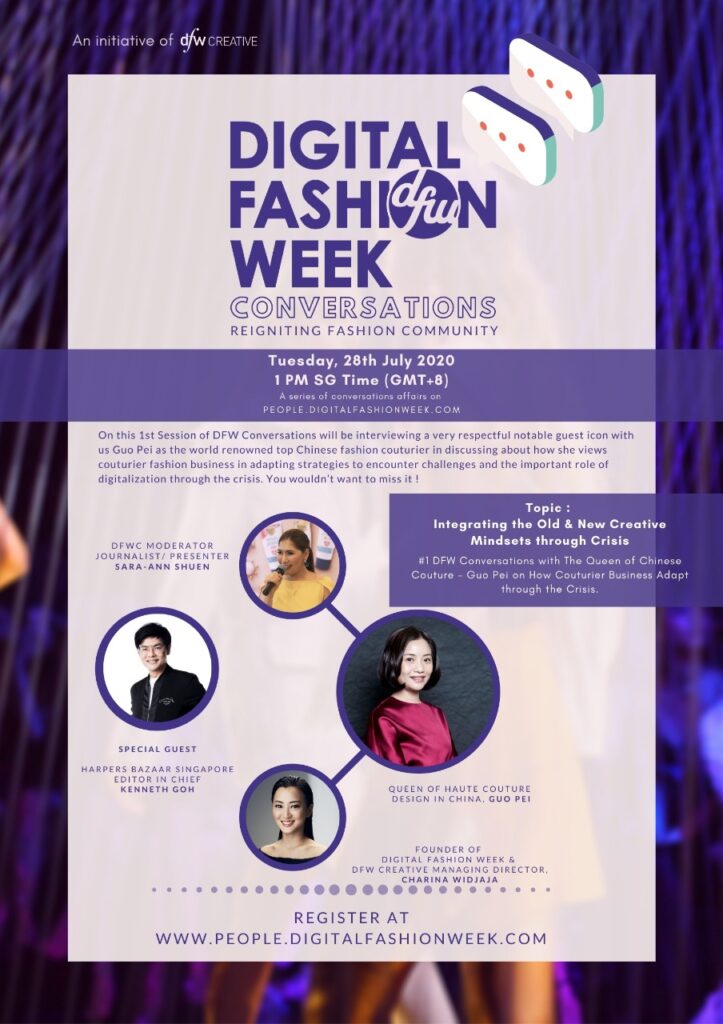
SVN: How did you deal with the challenges during this pandemic? How does your brand adapt to this crisis?
Guo Pei: We started early in China’s fashion industry, and we have a stable customer base for more than 10 years. The impact of the pandemic on us may be relatively moderate, but the impact is definitely there. Rather than responding to a crisis, we focused on the research and development of products and techniques. Our 2020 autumn and winter high-definition series was born during this period. I think this period of time just made us slow down, review the previous decades of operations, and think about future development.
During the quarantine period, I am working on the creation of my 2020 autumn and winter series. In January, there was a relatively severe moment in the global pandemic. I happened to be in Paris and stayed until the end of April. This period was actually a very good creative period for me. I spent a pleasant time with my family. We also contacted and communicated with many professionals in the industry, thinking about a future development direction.
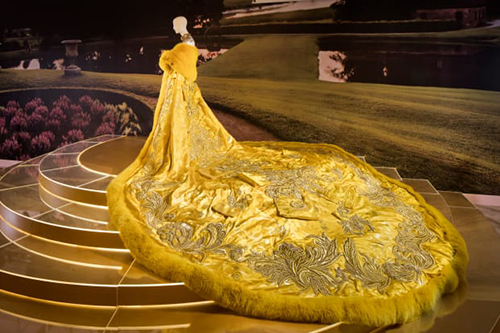 SVN: What is your vision for the future of the haute couture industry?
SVN: What is your vision for the future of the haute couture industry?
Guo Pei: I hope that it will maintain its strict standards and continuously calibrate the height of haute couture, allowing designers to carry out challenges that are close to the limit again and again, and let it exude a lasting artistic charm.
Guo Pei also noted that this unusual, challenging time provided her fashion house “with an opportunity to explore the online model, the form of brand communication, and the digital connection with consumers”. The designer will expound more about her take on the digitalization of fashion business later at the first session of the Digital Fashion Week Conversations. Style Visionary Network has further questions for the designer, and she will share her answers live at the online panel discussion.
To watch the virtual event, log on at www.digitalfashionweek.com to register. You may also watch it via Digital Fashion Week‘s Facebook page.
Image Source: Getty Images, Fashionista.com

